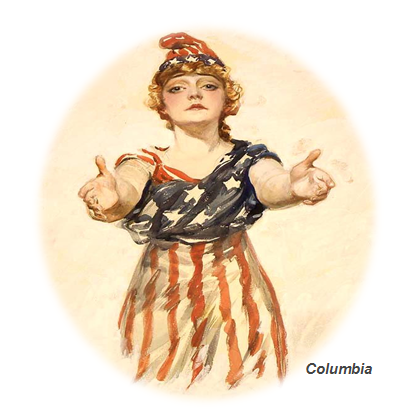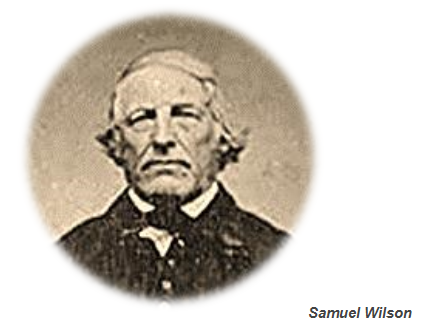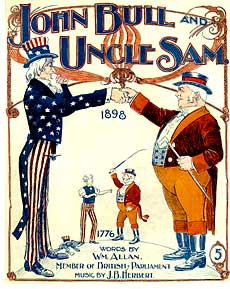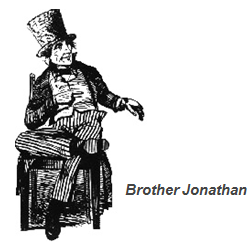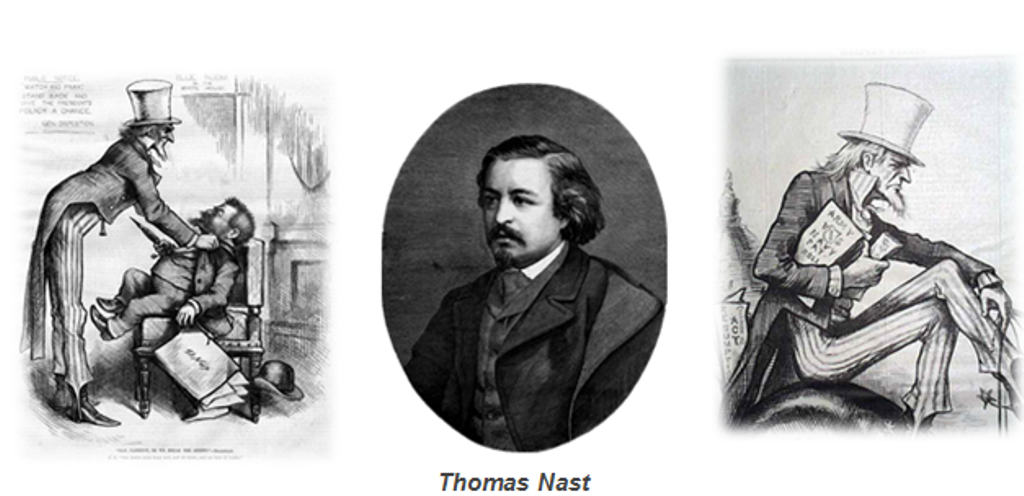Early Years
Uncle Same – The Early Years
Just as Chick Filet advertises “We didn’t invent the Chicken sandwich, we just… World War 1 didn’t invent Uncle Sam, it just gave him the face we know today and made him into America’s first hero, a man with Superhero characteristics capable of saving the world.
Uncle Sam was not the first American icon. That honor goes to Columbia who as far back was used to watch over and protect the colonies. She was supplanted during World War 1 by the image of lady liberty. Few today recognize Columbia as the “mother protector” of the United States, but we all are aware of the place she resided – Washington D.C. or more accurately known as Washington District of Columbia. If one wanted to see an image (although one that has gone through many changes since her beginning) one can just find the beginning of a movie made by the Columbia broadcasting system (or as we more commonly refer to by its initials CBS) more images and a more in-depth presentation on Columbia will be presented in a future chapter of our presentation.
Uncle Sam as a symbol of America first emerged during the war of 1812. Urban legend has it that the concept of Uncle Sam was created when Sam Wilson put the initials “US” on barrels of provisions he supplied to the government during the war. He was asked what they stood for and reportedly answered “Uncle Sam”.
Uncle Sam became the picture symbol of America as it battled “John Bull” the symbol that has represented England for many centuries. Early drawings of the character portray him as a young country cunning enough to outwit the English forces. At the time there was another character “Brother John” that was also used to represent America. Brother John was a tall lanky lad with striped pants and a stove pipe hat. Throughout the first half of the 19th century, the characters were used interchangeably. It is said by some historians that “Brother John” more represented the people of the United States and Uncle Sam was more often used to represent the United States government.
During the civil war brother john was more pictured to represent the north and so as the war wore down Uncle Sam came to be used more often to represent the United States. Many of his physical qualities, the striped pants, the top hat and the cape were taken over by Uncle Sam. Right after the civil war Uncle Sam was given a beard and “Lincolnesque” overhaul which included a wiser, wispier older image.
Thomas Nast was the most noted and influential political cartoonist of the last half of the 20th century and he popularized Uncle Sam in Harpers Magazines over a 20 year period. He used the symbol to present the government in battles with the political parties Nast drew uncles Sam to look wiser and more businesslike smart enough to judge the evils and perils of most of the events, both national and international that occurred during the score of years he worked. (He is also credited with creating the elephant as the symbol of the Republican Party and the donkey as the symbol of the Democratic Party, as well as creating the modern image of Santa Claus, and bull and the bear of Wall Street.
This is the Uncle Sam that was pictured and thought of as America watched Europe slide into the abyss of war we now call World War 1.

